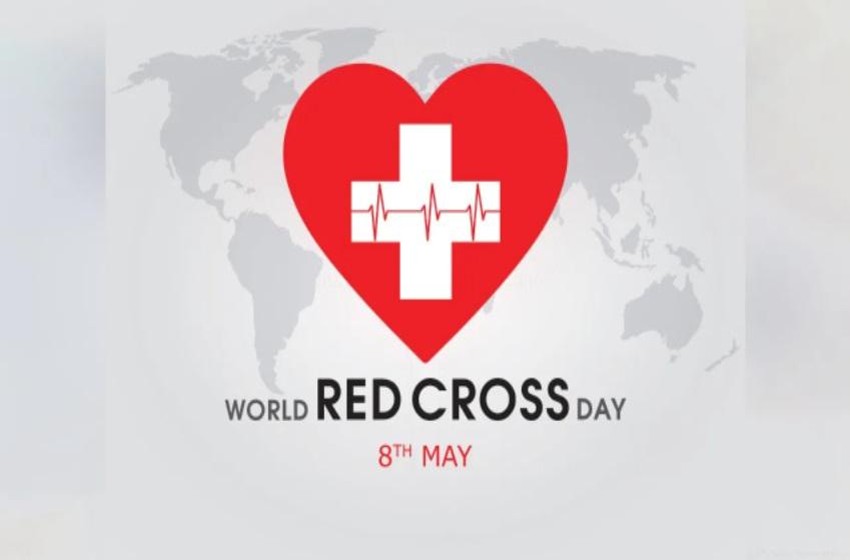World Red Cross Day- History, Significance, And Importance

In 1919, representatives from the national Red Cross societies of Britain, France, Italy, Japan, and the US came together in Paris to found the “League of Red Cross Societies”.
Table of Contents
Henry Davison, Founding father of the League
The original idea was Henry Davison’s, then president of the American Red Cross. This move, led by the American Red Cross, expanded the international activities of the Red Cross movement beyond the strict mission of the ICRC to include relief assistance in response to emergency situations that were not caused by war (such as man-made or natural disasters). The ARC already had great disaster relief mission experience extending back to its foundation.
The formation of Red Cross Organization
The formation of the League, as an additional international Red Cross organization alongside the ICRC, was not without controversy for a number of reasons. The ICRC had, to some extent, valid concerns about a possible rivalry between both organizations. The foundation of the League was seen as an attempt to undermine the leadership position of the ICRC within the movement and to gradually transfer most of its tasks and competencies to a multilateral institution. In addition to that, all founding members of the League were national societies from countries of the Entente or from associated partners of the Entente. The original statutes of the League from May 1919 contained further regulations which gave the five founding societies a privileged status and, due to the efforts of Henry P. Davison, the right to permanently exclude the national Red Cross societies from the countries of the Central Powers, namely Germany, Austria, Hungary, Bulgaria and Turkey, and in addition to that the national Red Cross society of Russia. These rules were contrary to the Red Cross principles of universality and equality among all national societies, a situation that furthered the concerns of the ICRC.
The First Relief Assistance Mission
The first relief assistance mission organized by the League was an aid mission for the victims of a famine and subsequent typhus epidemic in Poland. Only five years after its foundation, the League had already issued 47 donation appeals for missions in 34 countries, an impressive indication of the need for this type of Red Cross work. The total sum raised by these appeals reached 685 million Swiss Francs, which were used to bring emergency supplies to the victims of famines in Russia, Germany, and Albania; earthquakes in Chile, Persia, Japan, Colombia, Ecuador, Costa Rica, and Turkey; and refugee flows in Greece and Turkey. The first large-scale disaster mission of the League came after the 1923 earthquake in Japan which killed about 200,000 people and left countless more wounded and without shelter. Due to the League’s coordination, the Red Cross society of Japan received goods from its sister societies reaching a total worth of about $100 million. Another important new field initiated by the League was the creation of youth Red Cross organizations within the national societies.
A stamp from Turkey to support the Red Crescent, 1928. A joint mission of the ICRC and the League in the Russian Civil War from 1917 to 1922 marked the first time the movement was involved in an internal conflict, although still without an explicit mandate from the Geneva Conventions. The League, with support from more than 25 national societies, organized assistance missions and the distribution of food and other aid goods for civil populations affected by hunger and disease. The ICRC worked with the Russian Red Cross society and later the society of the Soviet Union, constantly emphasizing the ICRC’s neutrality. In 1928, the “International Council” was founded to coordinate cooperation between the ICRC and the League, a task which was later taken over by the “Standing Commission”. In the same year, a common statute for the movement was adopted for the first time, defining the respective roles of the ICRC and the League within the movement.
During the Abyssinian war between Ethiopia and Italy from 1935 to 1936, the League contributed aid supplies worth about 1.7 million Swiss Francs. Because the Italian fascist regime under Benito Mussolini refused any cooperation with the Red Cross, these goods were delivered solely to Ethiopia. During the war, an estimated 29 people lost their lives while being under the explicit protection of the Red Cross symbol, most of them due to attacks by the Italian Army. During the Civil War in Spain from 1936 to 1939, the League once again joined forces with the ICRC with the support of 41 national societies. In 1939 on the brink of the Second World War, the League relocated its headquarters from Paris to Geneva to take advantage of Swiss neutrality.
In 1952, the 1928 common statute of the movement was revised for the first time. Also, the period of decolonization from 1960 to 1970 was marked by a huge jump in the number of recognized national Red Cross and Red Crescent societies. By the end of the 1960s, there were more than 100 societies around the world. On December 10, 1963, the Federation and the ICRC received the Nobel Peace Prize. In 1983, the League has renamed the “League of Red Cross and Red Crescent Societies” to reflect the growing number of national societies operating under the Red Crescent symbol. Three years later, the seven basic principles of the movement as adopted in 1965 were incorporated into its statutes. The name of the League has changed again in 1991 to its current official designation the “International Federation of Red Cross and Red Crescent Societies”. In 1997, the ICRC and the Federation signed the Seville Agreement which further defined the responsibilities of both organizations within the movement. In 2004, the Federation began its largest mission to date after the tsunami disaster in South Asia. More than 40 national societies have worked with more than 22,000 volunteers to bring relief to the countless victims left without food and shelter and endangered by the risk of epidemics.